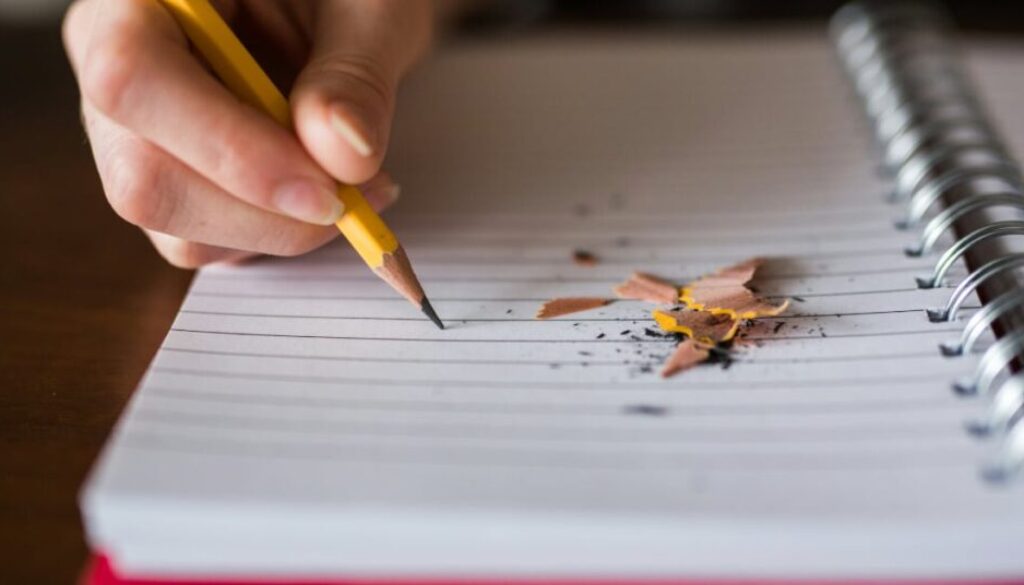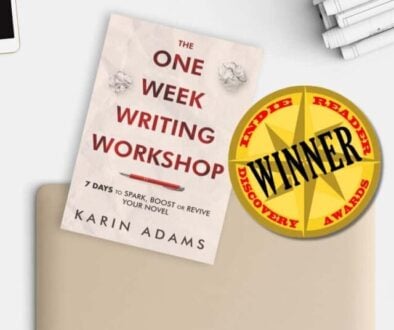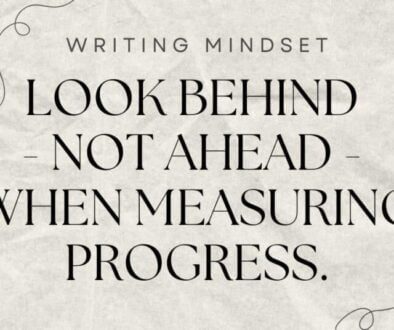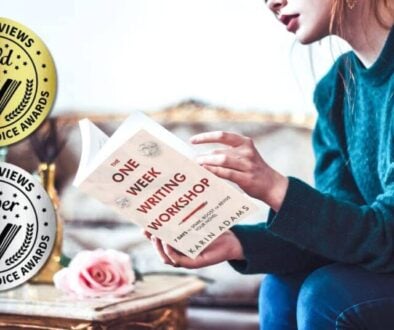Three Ways to Clarify Your Plot
I’m currently working on a novel with multiple points of view and several distinct narrative “threads”. The story has evolved through planning and drafting, and I’m getting there—I’m even enjoying the process (most days)!—but still, something has been off. I’ve needed to pause and take a bit of time to get to the bottom of it.
Generally speaking, there are a number of reasons why a draft might feel this way: issues with action (too little? too much?), characters (one-dimensional? unrelatable?), dialogue (forced? on-the-nose?). I’m not saying my piece is exemplary in these areas at the moment, but I’m convinced that my most pressing issues right now have to do with plot.
Have you ever felt this way about a draft? It’s good (or getting there) plot-wise, but it’s not quite as rich-layered-textured-clear-balanced etc. as it is in your own brain…? I know I’m not alone, so for anyone looking to re-balance a draft (plug holes, shave off excess, spark a place that’s dragging, etc.), below are three strategies you can borrow today.
How to Self-Reflect to Clarify Your Plot
The *Reverse Storyboard
I love this technique. I sometimes call it “taking a story inventory”. (I’ve chatted about it as a helpful technique for those who don’t like to plan before they draft in my article How to Plan a Story…for Pantsers?!?). Basically, it means creating a storyboard not for what you want to have happen in your story (at least, not initially), but based on what exists in your draft as it stands right now.
You can construct your storyboard anyway you choose. You can take a pile of index cards and simply start noting each scene or beat you encounter in your draft on a separate card. Get colorful if you wish, using different coloured cards or markers to keep plot and subplot(s) distinct, or to represent which character is in a given scene’s driver’s seat.
I keep my definition of scene or beat loose when I do this; the key is jotting down “story moments” in point form. When you’re finished, lay the cards down in order on a table or tack them to a board if you have one. Now you can run through your story quickly as a whole without getting lost in tweaking language and otherwise fussing with your prose. What lags? What drags? What skips ahead too quickly or too confusingly? Rearrange cards, add new ones, tear up redundant ones, and work your board until a read through feels more balanced.
The Reverse Storyboard is visual, to-the-point, and might be your quickest path to seeing your story as a whole, warts and all, so that you can get busy addressing the issues. (*I call it “reverse storyboard” because I also use a storyboard before I draft, to generate my plan. This one happens after the plan, so – “reverse”!)
The Chapter or Scene Synopsis
Like the Reverse Storyboard, you’re going to summarize each scene or story moment. But this time you’ll work in a document (separate from your draft) and allow yourself a sentence or two for each scene. When I do this, I always aim to write one strong sentence that captures the moment (because I read somewhere that this was the most effective technique). To be honest, I rarely succeed. I always end up with at least two or three sentences, sometimes a brief paragraph. But instead of getting down on myself, I’ve just decided that, for now, this is the way my brain works and if the exercise helps me and my story, I’m doing fine. (Also, I’m sure that aiming for one keeps me down to three!)
Like the storyboard, this exercise helps you to run your eyes through your entire story relatively quickly without getting lost in the minutiae. I’ve found it to be very helpful in terms of highlighting plot problems so that my next draft is much stronger. You can fill in the gaps or make adjustments with additional notes directly in the document, and it becomes your more balanced outline to serve your revisions.
The “What Do We Learn?” Approach
With this technique, once again you’ll make a new document alongside your draft. Chapter by chapter, make notes on what your reader will learn, discover, or likely wonder about your story in your draft as it stands right now.
This can be a great tool for revealing gaps you’ll have to fill, especially concerning information that’s clear in your own head but somehow didn’t make it into your draft! As I’ve recently discovered, it can also shed light on places where there is too much backstory, the fiction equivalent of TMI. In fact, that was the key to my current draft problem. After doing this exercise, I saw that I was front-loading too much of my story with backstory. It inspired me to look for other opportunities in my plot to share, suggest or “spread out” essential backstory elements, and for places where I could safely just let it go. Using a new color, I ended up making another set of notes below my “what do we learn” notes—this time capturing what I wanted my audience to learn in a given spot. I’ve been using it as my outline as I revise, and it’s working very well!
If you’re revising a draft or wanting to clarify it, give one or all of the techniques a try. Modify them in ways that make sense to you. You can even creatively combine them into a new technique. ( For instance, I sometimes combine The Chapter Synopsis with the What Do We Learn approach so that I have a summary of events followed by an analysis of why they matter.)
If you’re looking for more revision techniques, or tips for every step of the novel-writing process, please check out my writing guide The One Week Writing Workshop.
Hope that helps—happy drafting and revising, writers!
Karin 🙂



